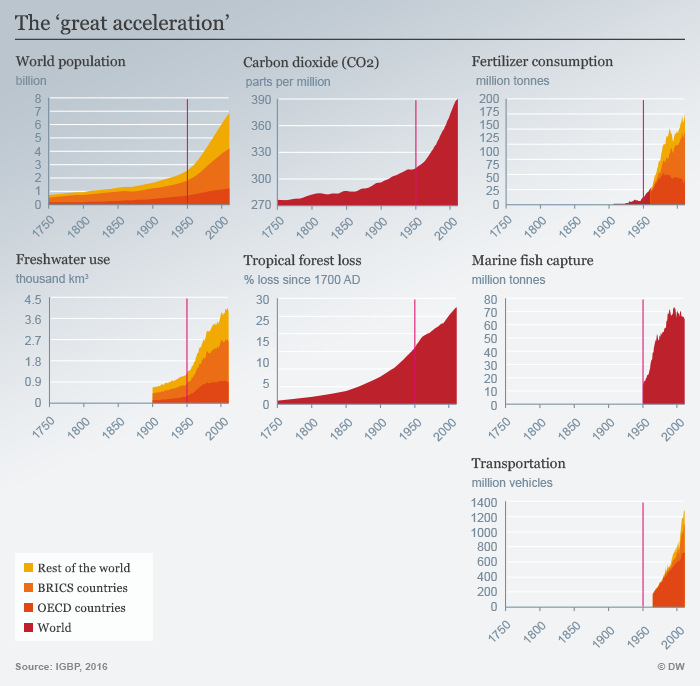The Loss of Wildlife – Is Anyone Listening?
Nov 1st, 2016 | By admin | Category: Biodiversity/ConservationBy Suzanne York.
The prediction is so shocking that it is difficult to comprehend – our world is on track to lose two-thirds of wild animals by 2020.The Living Planet Report 2016, by World Wildlife Fund (WWF) and Zoological Society of London, reports that animal populations plummeted by 58% between 1970 and 2012, with losses on track to reach 67% by 2020. The biggest threat to biodiversity is from habitat loss and degradation, along with hunting and pollution. And increasingly severe impacts from climate change are looming over everything.
Sadly, another study just published in Royal Society Open Science found that humans are eating animals to extinction. Titled “Bushmeat hunting and extinction risk to the world’s mammals,” the authors conclude bushmeat hunting for mostly food and medicinal products is driving a global crisis whereby 301 terrestrial mammal species are threatened with extinction.
Even parks and reserves can no longer offer protection, with poaching pressure within protected areas on the rise. According to the study, the result is that “many forests, savannahs, grasslands and deserts in the developing world are now becoming ‘empty landscapes.’”
Due to human activities, scientists think we have now moved into a new geological epoch, to be called the Anthropocene. Our impact is undeniable, and our human hubris is astonishing. And worrisome, given that it is likely there will be nearly 10 billion people on Earth by 2050. The population of Africa, with its incredible biological diversity, along with oppressive poverty, is expected to rise from 1.1 billion to 3.2 billion by 2050.
The Living Planet authors warn, “Increased human pressure threatens the natural resources that humanity depends upon, increasing the risk of water and food insecurity and competition over natural resources.” We are, actually, part of the animal kingdom, but seem to have forgotten this, that humans are part of the web of life.
Solutions Involve an Integrated Approach
The reality is that multiple solutions need to be implemented at the same time, and must address the rights of people and nature. Here are just a few that should be tackled today:
Investing in Voluntary Family Planning Services
More than 225 million women and girls in developing countries who do not want to get pregnant cannot get reliable access to contraception. Addressing this need is crucial, for women, girls and families.
There are 20 African nations with fertility rates in excess of five children per woman. Investments are needed in reproductive health, education, livelihoods and ending child marriage, and will actually help endangered species. Investing in women goes with a more sustainable environment – when women’s needs are met, they are able to better manage resources, confront the effects of climate change and support healthier communities.
Interestingly – and encouragingly – one of the solutions the scientists put forth in the Royal Society article is to increase education and family planning. This, they say, can be done by supporting programs that help lower human birth rates, especially those in rural areas that enhance education opportunities for young women and meeting the need for family planning in areas where women want to avoid or delay pregnancy.
Recognizing Rights of Nature
There is a growing movement to recognize rights of nature that acknowledges that nature in all its life forms has the right to exist, persist, maintain and regenerate its vital cycles. Under this thinking, nature is not viewed as property and something to be exploited by humans. Ecuador, Bolivia and New Zealand all have in place some legal rights or instruments for recognizing rights for nature that can be a guide for protecting wildlife.
Dietary Changes
No, you don’t have to give up red meat, but even Leonardo diCaprio’s documentary Before the Flood notes the detrimental impact of beef. It is estimated that every pound of beef served is equivalent to releasing about nineteen pounds of greenhouse gases. Nearly 60% of the world’s agricultural land is used for beef production. Deforestation is a major driver of species extinction, and releases billions of tons of carbon dioxide into the atmosphere.
It’s better for human health to eat less red meat, and we know it. Eat less of it, and save some wildlife.
New Economy
Rethinking the current structure of the global economy, predicated on constant growth of people and consumption of resources, is needed. Robert Ayres, an industrial ecologist, has estimated that 99% of human-produced goods are consumed or become waste within six months.
There are viable alternatives that offer the opportunity to live within the planet’s means, such as steady-state economics and supporting local economies and alternative economic indicators (i.e., Genuine Progress Indicator).
Even WWF recognizes that economic change is necessary, noting that “We must create a new economic system that enhances and supports the natural capital upon which it relies.”
Meeting the Needs of People and Nature Together
While some scientists have questioned the report’s findings, it’s clear that our global society is pushing up against ecological limits and taking a toll on the planet. The 21st century, notes WWF, “presents humanity with a dual challenge to maintain nature in all its many forms and functions and to create an equitable home for people on a finite planet.”
If there’s a silver lining, it is that there are many people working hard to reverse course and protect nature and empower people. It’s a matter of priorities, political will, and time. Otherwise, we’ll have a barely living planet in the not-so-distant future.
Suzanne York is Project Director of Transition Earth.

![[photo credit: Diana Robinson, Flickr, Creative Commons Mother elephant with twins in Amboseli]](http://populationgrowth.org/wp-content/uploads/2016/11/elephant-family-300x206.jpg)

![[photo credit: CIFOR/Creative Commons (Flickr)]](http://populationgrowth.org/wp-content/uploads/2016/11/Cerrado-photo-300x201.png)